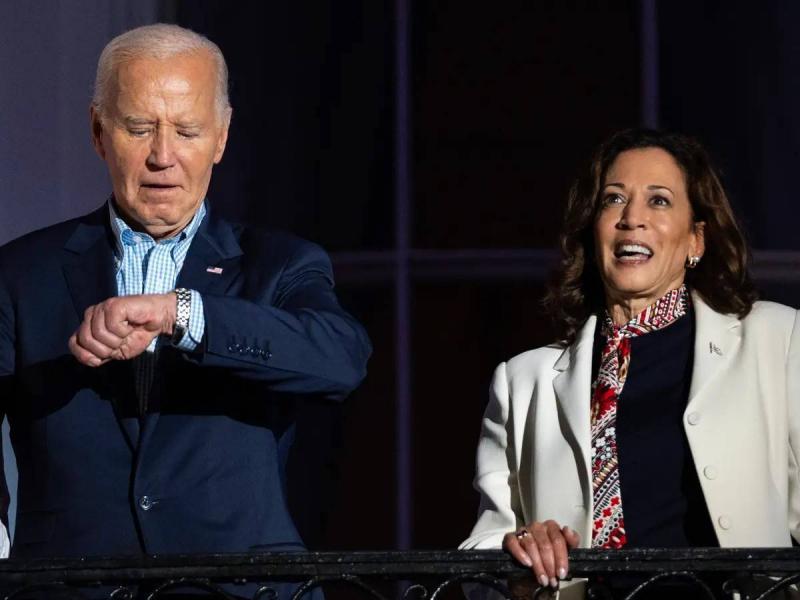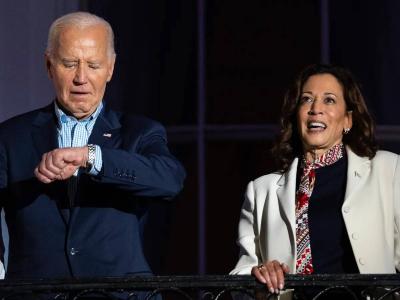In another dramatic turn during the ongoing American presidential election campaign, President Joe Biden announced on Sunday, July 21, that he will not be the Democratic candidate for the presidency in November. His vice president, Kamala Harris, quickly received his endorsement to succeed him in the presidential race. Within hours, this endorsement was met with strong backing for Harris from key Democratic leaders, including the Obama and Clinton families, former House Speaker Nancy Pelosi, and current Democratic congressional leaders Hakeem Jeffries and Chuck Schumer, along with prominent film star George Clooney.
Tensions within Biden's campaign had been escalating for weeks after his disastrous performance in the debate against Donald Trump on June 27. However, until the last moment, Biden publicly insisted he would remain in the race. He felt that his appearances at events following the debate demonstrated he was still capable of managing the campaign and was particularly proud of handling the major international gathering in Washington, D.C., to celebrate the 75th anniversary of NATO. But pressure on Biden to step aside continued to mount from within his party.
The attempted assassination of Donald Trump on July 13 during a meeting in Pennsylvania, along with the successful Republican conference in Milwaukee, convinced more Democrats that Biden could not win re-election. On July 17, it was announced that Biden had contracted COVID-19 and had returned to his home in Rehoboth, Delaware, to recover. Reports indicated that during this recovery period, Biden received some alarming polling results indicating he was trailing Trump in key battleground states.
Biden's recent decision radically alters the dynamics of the race and places Trump in a difficult position. Trump’s campaign has been built around Biden's weaknesses, considering his age and frequent gaffes. Some believe Trump was confident enough to select J.D. Vance as his running mate to bolster Republican popularity with the working-class white base and to help secure a sweeping victory that could mean winning the White House and both houses of Congress. This could potentially grant the new administration the power to initiate radical changes in the American political system.
However, these calculations now have to adapt significantly to the new reality, with Trump being the oldest candidate in the race and his mistakes and health becoming primary targets for the Democratic campaign. If Harris chooses a respected white man as her running mate, it will no longer be safe to assume Trump has a lead in the polls. Possible names for this position include astronaut and former fighter pilot Senator Mark Kelly (from Arizona), Governor Josh Shapiro (from Pennsylvania), and Governor Andy Beshear (from Kentucky). Each brings important qualifications to the ticket, with Kelly and Shapiro hailing from battleground states. Beshear won tough elections in a difficult red (Republican) state and is admired by many Republicans.
Several other names are also being circulated, so Democrats need to scrutinize everything carefully, and in a very short amount of time. The Democratic convention in Chicago will start on August 19, and Harris will need to finalize her selection by then.
Both Trump and Harris will need to be cautious in how they navigate the final months of the campaign. Trump continues to benefit from the national sympathy following the assassination attempt. Meanwhile, Harris, as a woman of African and Asian descent, has faced numerous racist insults as the vice president from misogynistic opponents. If Trump appears to treat Harris inappropriately, it is likely to increase her support and, importantly, boost turnout among suburban women who are considered key voters in major states.




